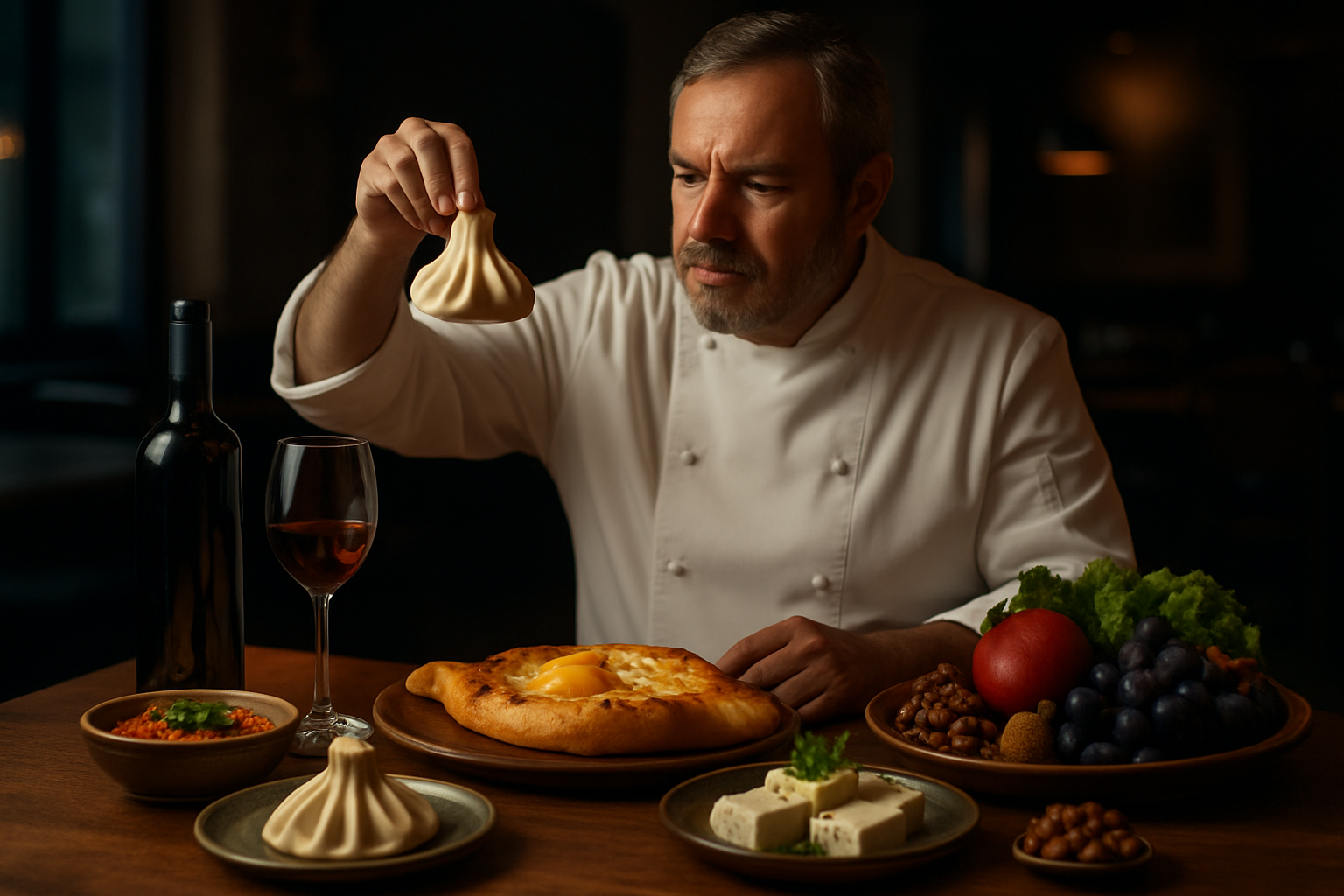Culinary Alchemy: The Art of Flavor Pairing
Embark on a sensory journey through the fascinating world of flavor pairing. Discover how unexpected combinations can create culinary masterpieces that tantalize taste buds and challenge conventional wisdom. From sweet and savory fusions to molecular gastronomy-inspired pairings, this guide will revolutionize your approach to cooking and elevate your dining experiences.

Understanding the chemistry behind flavor pairing allows home cooks and professional chefs alike to craft dishes that are not only delicious but also intellectually stimulating. By analyzing the molecular composition of ingredients, we can predict successful pairings and create innovative flavor profiles that challenge our preconceptions about what works in the kitchen.
Unexpected Duos That Delight
Some of the most intriguing flavor pairings emerge from ingredients that, at first glance, seem incompatible. Take, for example, the unlikely combination of strawberries and basil. While one might associate strawberries with desserts and basil with savory dishes, their shared flavor compounds create a refreshing and complex taste when combined. This pairing has found its way into everything from cocktails to salads, demonstrating the versatility of well-matched flavors.
Another surprising duo is chocolate and blue cheese. The rich, creamy texture of blue cheese complements the deep, complex notes of dark chocolate, resulting in a sophisticated flavor profile that appeals to adventurous palates. This combination has been embraced by artisanal chocolatiers and avant-garde chefs, showcasing how unexpected pairings can elevate familiar ingredients to new heights.
Cultural Fusion Through Flavor
Flavor pairing isn’t limited to individual ingredients; it also extends to the blending of culinary traditions from different cultures. As globalization brings diverse cuisines into closer contact, chefs are finding innovative ways to merge flavors from around the world. This cross-cultural approach to cooking has given rise to exciting fusion cuisines that challenge traditional boundaries and create entirely new dining experiences.
For instance, the combination of Japanese and Peruvian cuisines, known as Nikkei, has produced dishes that seamlessly blend sushi techniques with Latin American ingredients. The result is a unique culinary style that honors both traditions while creating something entirely new. Similarly, the fusion of Korean and Mexican flavors has led to the popular trend of Korean tacos, combining the bold spices of Korean barbecue with the familiar format of Mexican street food.
Texture: The Unsung Hero of Flavor Pairing
While much attention is given to taste when discussing flavor pairing, texture plays an equally important role in creating memorable culinary experiences. The interplay between different textures can enhance the overall enjoyment of a dish, adding depth and complexity to flavor combinations. Chefs are increasingly exploring how contrasting textures can elevate their creations and provide diners with multi-sensory experiences.
Consider the classic pairing of smooth, creamy burrata cheese with crisp, juicy heirloom tomatoes. The contrast between the soft cheese and the firm tomatoes creates a textural interplay that enhances the flavors of both ingredients. Similarly, the combination of crunchy nuts with velvety chocolate in desserts demonstrates how texture can transform familiar flavors into something extraordinary.
Technology and the Future of Flavor Pairing
As culinary innovation continues to evolve, technology is playing an increasingly important role in the discovery of new flavor pairings. Artificial intelligence and machine learning algorithms are now being employed to analyze vast databases of flavor compounds and predict successful combinations that human chefs might not have considered. This technological approach to flavor pairing is opening up new possibilities for culinary creativity and challenging our assumptions about what works in the kitchen.
Food scientists and chefs are also exploring how technology can enhance the dining experience itself. From 3D-printed foods that combine multiple flavors and textures in a single bite to augmented reality dining experiences that engage all the senses, the future of flavor pairing is limited only by our imagination.
Useful Tips & Facts
• The flavor pairing theory suggests that foods with shared flavor compounds are more likely to taste good together.
• Umami, the fifth taste, can enhance other flavors and create more complex taste experiences when paired correctly.
• Contrasting flavors, such as sweet and salty, can create a balanced and satisfying taste profile.
• Consider aroma when pairing flavors, as smell plays a crucial role in our perception of taste.
• Experiment with different cooking methods to bring out unique flavors in familiar ingredients.
• Keep a flavor journal to document successful pairings and inspire future culinary creations.
• Don’t be afraid to challenge traditional flavor combinations; some of the best pairings are unexpected.
As we continue to explore the vast landscape of flavor pairing, it’s clear that the possibilities are endless. By embracing the science behind taste, celebrating cultural fusion, and leveraging new technologies, we can create culinary experiences that are both innovative and deeply satisfying. Whether you’re a professional chef or a home cook, the art of flavor pairing offers a exciting way to expand your culinary horizons and delight your taste buds. So go ahead, experiment with unexpected combinations, and discover the magic that happens when flavors come together in perfect harmony.





